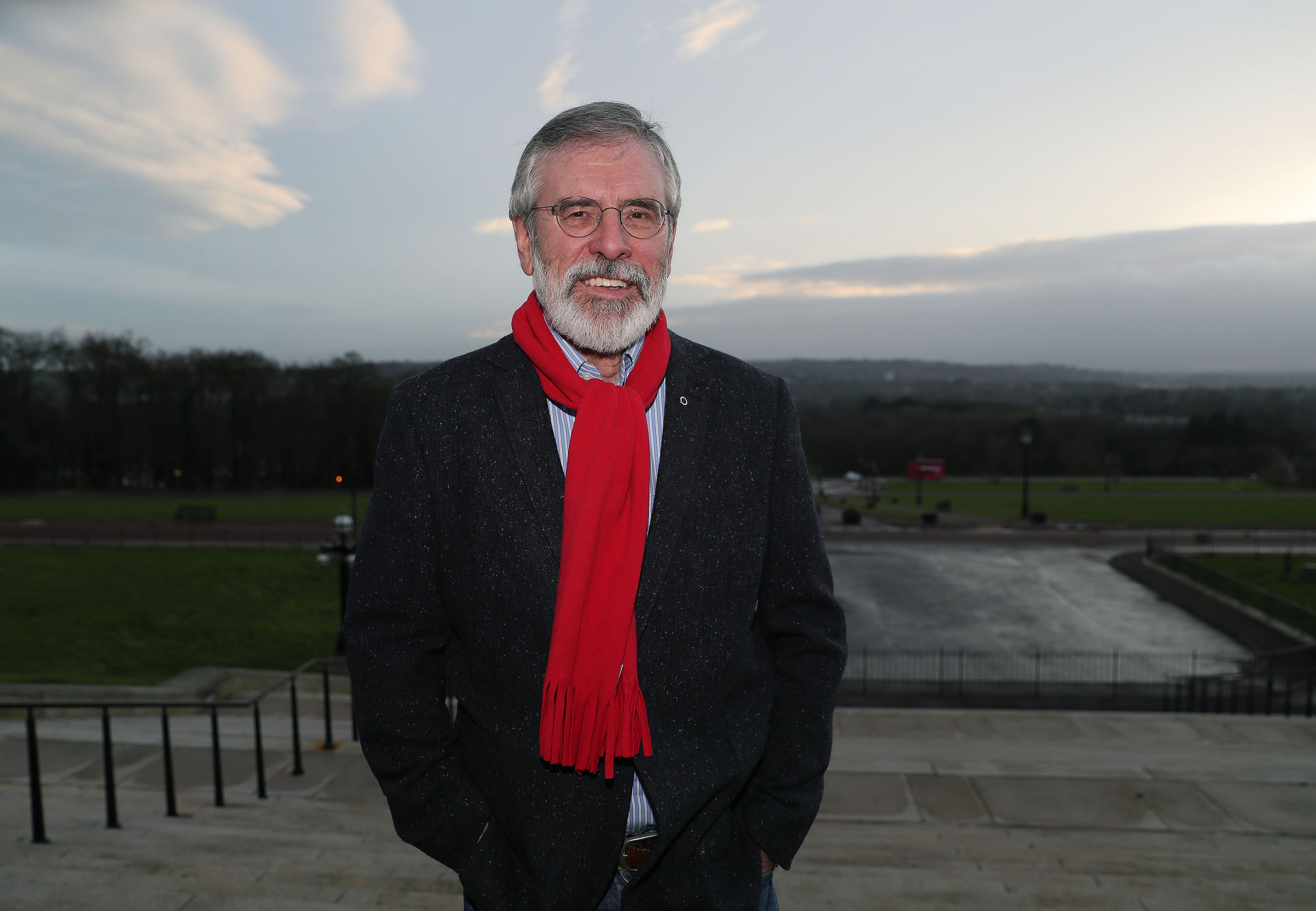
GERRY ADAMS has said he regrets that it took until 1994 for the first IRA ceasefire.
In an interview with the Press Association Mr Adams said he first began dialogue with Catholic priest Father Alec Reid, who was considered pivotal to the Northern Ireland peace process, as far back as 1977.
But it was not until 1988 that Fr Reid brokered Mr Adams’ dialogue with the then SDLP leader John Hume, which led to the IRA ceasefire six years later.
The Sinn Fein TD, who will step down on Saturday after 34 years as party president, said he regretted the deaths and injuries caused during those years.
“I regret that it took so long and that those who would condemn, denounce, use moral denunciations as a subterfuge for just not talking, therefore it took almost from 1976/77 to 1994 before there was the first cessation.
“That’s an awful long time and a lot of people were killed or injured and traumatised in between.”
He said that when he and Mr Hume eventually met in 1988 they “did what is just the imperative, the primacy of any process (which) is to talk, to listen.”
“And out of that came the Hume/Adams principles,” he added.
Mr Adams criticised past UK prime ministers who refused to talk to Sinn Fein during the Troubles. He called them “the stupid ones.”
“Probably the toughest (prime ministers to deal with) were the stupid ones who wouldn’t talk.
“If you consider that I was an elected official along with others and other elected officials wouldn’t talk to us and the British prime ministers handed over the future … to generals, to military bosses, to people who brought in collusion, internment, shoot to kill and all the rest of it and just militarised the situation with all the awful consequences of that.”
Mr Adams said that John Major had the chance to help bring peace to Northern Ireland but failed to do so, while Tony Blair seized the opportunity “with both hands”.
He also said that while he admired Mr Blair for helping to bring about the Good Friday Agreement he believed the former prime minister had done “dreadful” things in Iraq and that he and the late Martin McGuinness had warned him against going to war.
“John Major was given an opportunity for peace on a plate and he let the plate drop. Tony Blair had the good sense when he was given the same opportunity that he seized it with both hands.
“But he himself has said reflectively that he couldn’t have done what he did if it hadn’t been in the early sort of glow of the first early phases of government,” he said.
“(Blair) helped along with the rest of us to author the Good Friday Agreement. Now he did dreadful things in Iraq and that was folly.
“Myself and Martin McGuinness warned him against the consequences of going into anyone else’s country with military force. We actually said to him ‘look at what’s happened here’. Unfortunately we were right,” added Mr Adams.

Enjoy the convenience of having The Sunday Post delivered as a digital ePaper straight to your smartphone, tablet or computer.
Subscribe for only £5.49 a month and enjoy all the benefits of the printed paper as a digital replica.
Subscribe